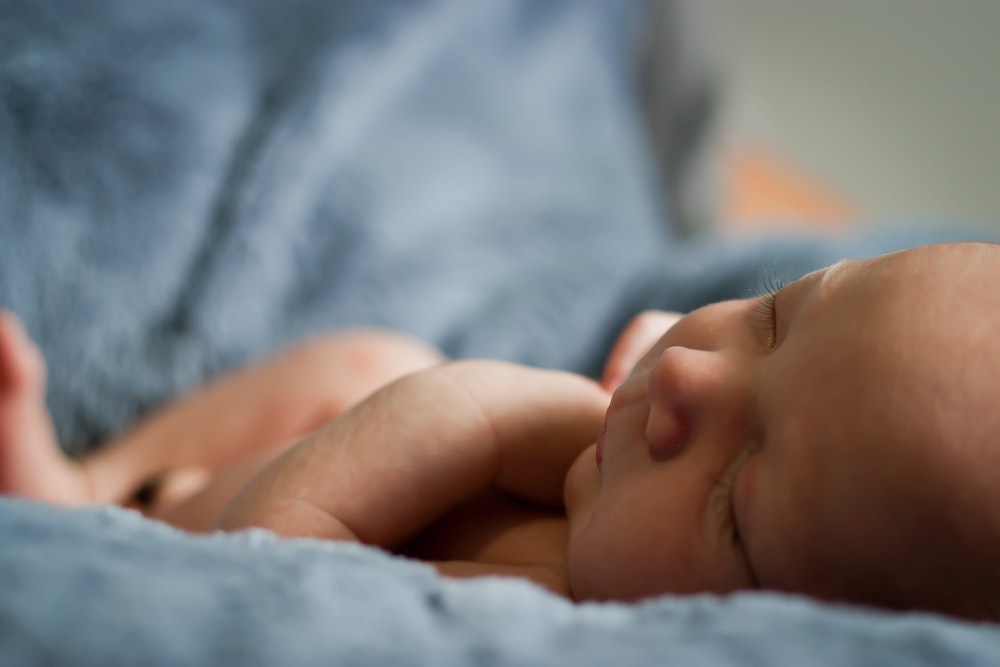Special Traditions and Celebrations Surrounding Childbirth among Kashmiri Pandits
Image credits: Carlo Navarro (Unsplash)
Childbirth holds a special place in the customs of the Kashmiri Pandit community. These practices are divided into two categories:
- Dharmic/Sanskritic and
- Non-Dharmic/non-Sanskritic.
The main difference between these categories lies in the involvement of priests and rituals. While Dharmic ceremonies involve priests and specific rituals, Non-Dharmic ceremonies are led by women from the family and the neighborhood, with no priestly role.
One of the Sanskritic traditions involves a ritual performed before a girl's marriage to ensure her fertility. On the other hand, the non-Dharmic ceremony known as "Dud Duin" takes place in the seventh month of pregnancy. This event becomes an opportunity for the pregnant woman to temporarily stay at her Natal House (Malun), away from her Conjugal Home (Variv), receiving gifts like clothes, cash, and the highly auspicious Zamud Dud (curds). This break offers not only rest but also a chance to spend time with her parents and siblings, alleviating any tension she might feel with her in-laws.
The Dud Duin ceremony was especially joyful for Kashmiri Pandit families, as a woman's first pregnancy was a significant milestone. When a daughter-in-law gave birth to her first child, it was considered a testament to her value (Athi Aye).
During childbirth, a soft straw mattress called Darbgass was used for the baby's arrival. This mattress was made sacred with incense and mantras. Interestingly, the midwife assisting in the delivery was always a Muslim woman. The birth time and date were carefully noted for casting the child's horoscope (Zatuk).
The childbirth bed was called "Hurru," and nearby, an earthen pot named "Hurrileg" was placed. As part of the ritual, uncooked rice was often sprinkled around the bed. Following childbirth, the mother (Losa) was provided with minimal food for the first three days and then served meals in earthen or bronze vessels on the fourth day. Gifts of mutton preparations and bread were also sent by the mother's parents on the same day.
Non-Sanskritic rituals occurred on the third, fifth, and sixth days after childbirth. The sixth-day ceremony, known as Shran-Sondur, involved a bath for both the child and the mother (if she was well). This ritual also included offering food to seven deities and lighting a torch made of birch bark, which was waved around the mother and child's heads. In unison, participants would say "Shokh ta Panzun," conveying congratulations and good wishes for more children.
On the 11th or 12th day, the mother and child underwent ceremonial baths. The first Dharmic function, known as Kahnethar, was usually performed on the same day or shortly after. Over time, this function has been delayed and is sometimes combined with a thread ceremony, a marriage, or performed before the last rites of a deceased family member.
It's important to note that childbirth brought about a form of ritual pollution called "Hontsh." This pollution affected the woman who gave birth, as well as her male relatives and their wives. This state of pollution, which lasted around 10 days, was not necessarily due to physical contact but could also be seen as a mystical extension. If someone assisted during childbirth, they would be considered polluted, but this impurity could be removed through a cleansing bath.
by Dr. Suhul Dhar
Thu, 27 Jul 23 09:25:08
by Sanjeev Munshi
Mon, 19 Sep 22 05:03:10
Topics
Jammu & Kashmir - History, Culture & Traditions | J&K Current Trends | Social Network | Health | Lifestyle | Human Resources | Analytics | Cosmetics | Cosmetology | Forms | Jobs
Related blogs
Sukhlapaksha Ashtami: The Fasting Tradition of Kashmiri Pandit Community
Amidst the serene valleys of Kashmir, nestled...Folklores and Legends Associated with Mata Roop Bhawani of Kashmir
Mata Roop Bhawani (1621-1721 CE), born as...Kashmir Nostalgia Origin
How nostalgia of Kashmiri culture still makes...Celebrating 35th Navreh in Exile !
Way Ahead for Kashmiri Pandit Community !
Quote of the Day
"Time Flies Over, but Leaves its Shadows Behind"



